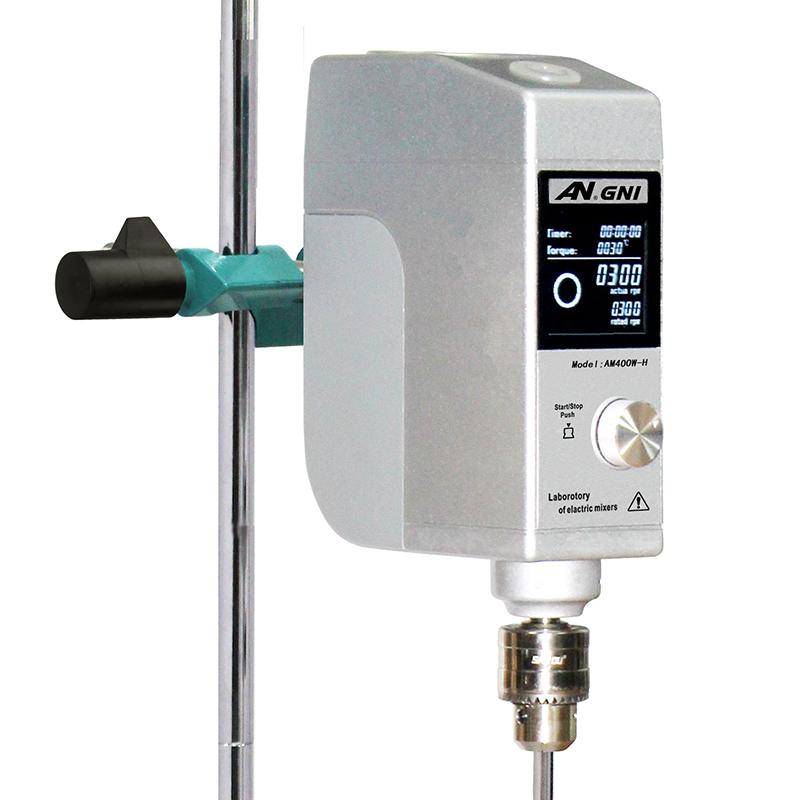O princípio de funcionamento do dispersante de pigmentos e sua aplicação na indústria de revestimentos
Na indústria de revestimentos, dispersante de pigmento tornou-se um papel químico indispensável devido às suas propriedades e funções únicas. Esses produtos químicos incríveis não são apenas oleofílicos, mas também tem um hidrofílico, eles são como o mestre do equilíbrio na pintura, dominando a dispersão do pigmento no líquido, evitando a precipitação e condensação das partículas de pigmento, criando uma suspensão estável.
Diversidade de dispersantes de pigmentos
A diversidade de dispersantes de pigmentos se reflete na riqueza de seus tipos, incluindo surfactantes não iônicos, tensoativos aniônicos, surfactantes catiônicos e surfactantes anfotéricos. A escolha destes dispersantes depende da natureza e utilização da tinta., e diferentes tipos de revestimentos requerem diferentes tipos de dispersantes.
Surfactantes aniônicos: Surfactantes aniônicos, como hexametafosfato de sódio, sodium oleate and sodium alkyl sulfate, are commonly used in solvent-based and water-based coatings. They effectively improve the dispersion of pigments and provide good stability for coatings.
Cationic surfactants: Cationic surfactants, such as octadecenamine acetate and alkyl quaternary ammonium salts, are mainly used in non-aqueous dispersion coatings. They help the pigment disperse better in the solvent, improving the overall stability of the paint.
Nonionic surfactants: Nonionic surfactants, including fatty acid polyoxyethylene ester and alkyl phenol polyoxyethylene ether, commonly found in water-soluble coatings. This kind of dispersant has excellent dispersion and wettability, and plays a key role in the dispersion of pigments.
Amphoteric surfactants: Amphoteric surfactants, such as soy lecithin, form bilayer structures by adsorbing to the surface of pigments, aumentando a molhabilidade das partículas e melhorando a dispersibilidade. Isto tem um efeito positivo na estabilidade e dispersão da tinta.
O princípio de funcionamento do dispersante de pigmentos e sua aplicação na indústria de revestimentos
Como funcionam os dispersantes de pigmentos
O princípio de funcionamento dos dispersantes de pigmentos é baseado nos princípios de adsorção e atividade de superfície. Ao adsorver na superfície das partículas de pigmento, o dispersante de pigmento altera as propriedades da superfície e o estado de energia das partículas, que é explicado pelo teorema de Young.
O dispersante de pigmento polimérico forma uma camada de adsorção na superfície das partículas, o que aumenta a carga na superfície das partículas e aumenta a força de reação entre as partículas. Isso evita a atração eletrostática entre as partículas, permitindo que as partículas permaneçam dispersas e evitando precipitação e condensação.
Além disso, the pigment dispersant can form a bilayer structure, and the polar end of the outer layer has a strong affinity with water. This increases the wetting degree of the solid particles to the water, generating electrostatic repulsion that pushes the particles away from each other. This ensures the uniformity and stability of the dispersed system.
Common pigment dispersant
There are many kinds of pigment dispersants, including methyl cellulose, silica sol, polyacrylic acid, sodium polyacrylate and trisodium phosphate. Polyethylene glycol dispersants are also widely used in water-based coatings, with good water solubility, which helps to reduce surface tension and improve wettability. These dispersants not only adsorb on the surface of the pigment, producing a steric effect, but also prevent the contact between the pigment particles, evitar floculação prejudicial, e manter o sistema de dispersão estável.
O princípio de funcionamento do dispersante de pigmentos e sua aplicação na indústria de revestimentos

O princípio de funcionamento do dispersante de pigmentos e sua aplicação na indústria de revestimentos
Aplicação de dispersante de pigmento
Em geral, dispersantes de pigmentos desempenham um papel indispensável na indústria de revestimentos. Ao melhorar a dispersão do pigmento, o dispersante de pigmento garante o desempenho e a qualidade da tinta. Da construção à pintura automotiva e aos revestimentos industriais, revestimentos em diferentes campos são inseparáveis desses dispersantes aparentemente pequenos, mas vitais. A sua aplicação permite que os pigmentos funcionem melhor, garantindo a uniformidade e estabilidade do revestimento, proporcionando uma aparência de alta qualidade e desempenho duradouro a uma variedade de revestimentos.
No futuro, with the continuous development of science and technology and the pursuit of environmental performance, the research and innovation of pigment dispersants will continue to promote the advancement of the coating industry. As a master of balance, pigment dispersants will continue to provide more options and solutions for the paint industry, helping the industry to move to a higher level of development.
